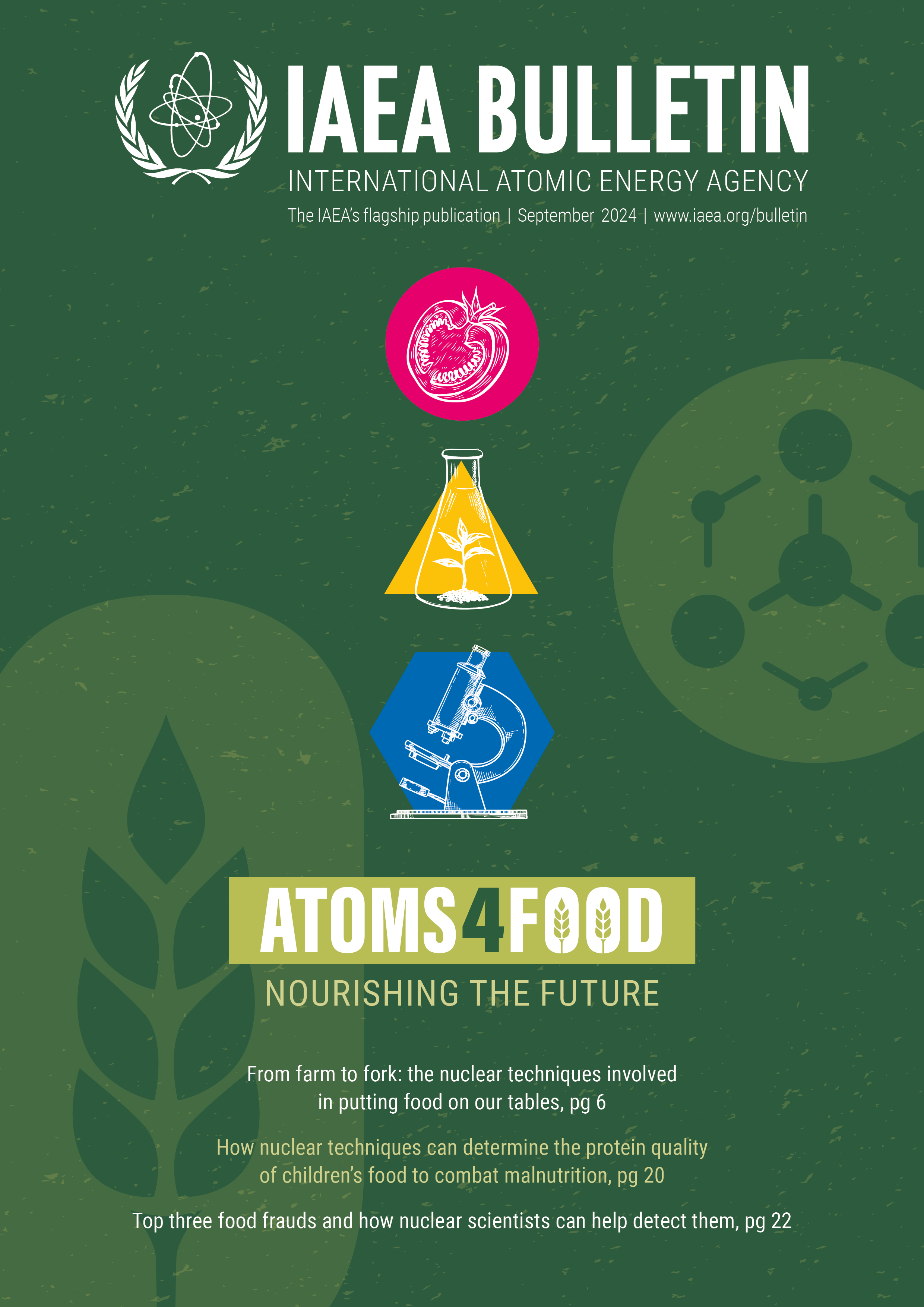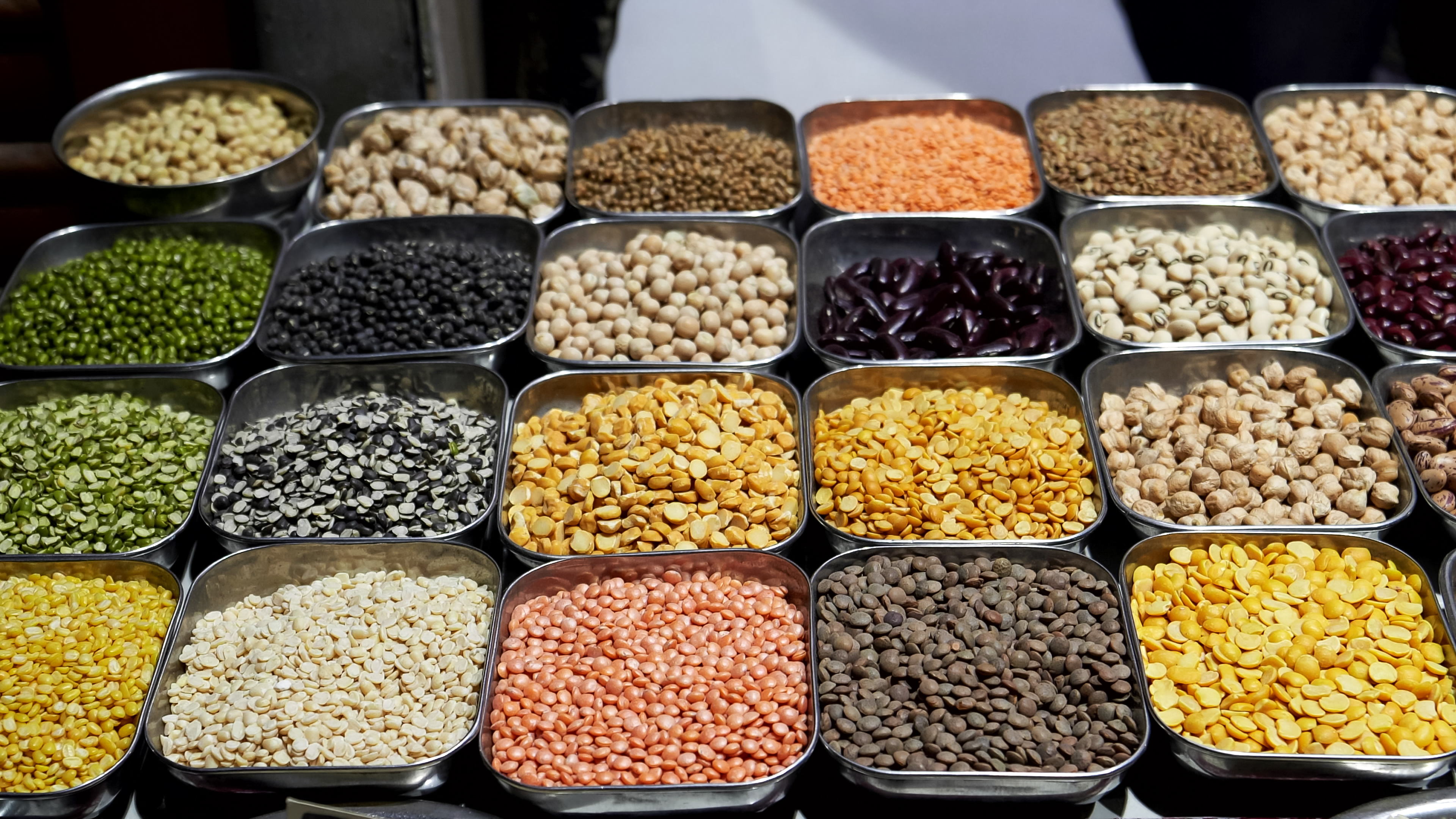Pulses such as chickpeas, mung beans and lentils are staples of Pakistani cuisine. While many countries are reliant on imports, Pakistan has achieved self-sufficiency in mung bean production thanks to nuclear science, and some farmers have doubled their yield.
Mung beans are high in protein and help to combat malnutrition. Most of the mung bean varieties grown by Pakistani farmers are developed by Pakistan’s Nuclear Institute for Agriculture and Biology (NIAB) in collaboration with the Joint Food and Agriculture Organization (FAO)/IAEA Centre of Nuclear Techniques in Food and Agriculture (Joint FAO/IAEA Centre). These new varieties have improved crops’ yield performance, resistance to disease and nutritional profile. The two varieties released in 2021 — NIAB Mung 2021 (NM-2021) and Abbas Mung — were grown on around 70 per cent of Pakistan’s mung bean acreage that year, contributing significantly to the country’s food security and economy.
While Abbas Mung is a medium sized seed variety known for its cooking quality, NM-2021 is a bold sized seed variety with increased nutritional quality. Hakim Ishfaq Mohy ud Din Chisti, a farmer from the Punjab province, praises NM-2021: “The yield of my crop was high. NIAB must continue its efforts to develop such varieties in future.” As NIAB mung bean varieties produce more than twice the yield per hectare than previous varieties, they could effectively double mung bean production, helping to address Pakistan’s food and nutritional needs.
Nuclear mutation breeding techniques, which have been applied since the 1930s to accelerate the process of developing and selecting valuable agronomic traits, use plants’ own genetic make-up to mimic the natural process of spontaneous mutation. The mutation process generates random genetic variations, resulting in mutant plants with new and useful traits.
In 2022, intense and deadly floods swamped two million acres of agricultural land, severely affecting the mung bean crop in Punjab and causing a shortfall. But Muhammad Jawad Asghar, principal scientist in the mung bean group within NIAB’s Plant Breeding and Genetics Division, is hopeful for the future of the mung bean crop in Pakistan: “This is not the end. This is an opportunity to do two things: remain self-sufficient and produce a surplus.”

